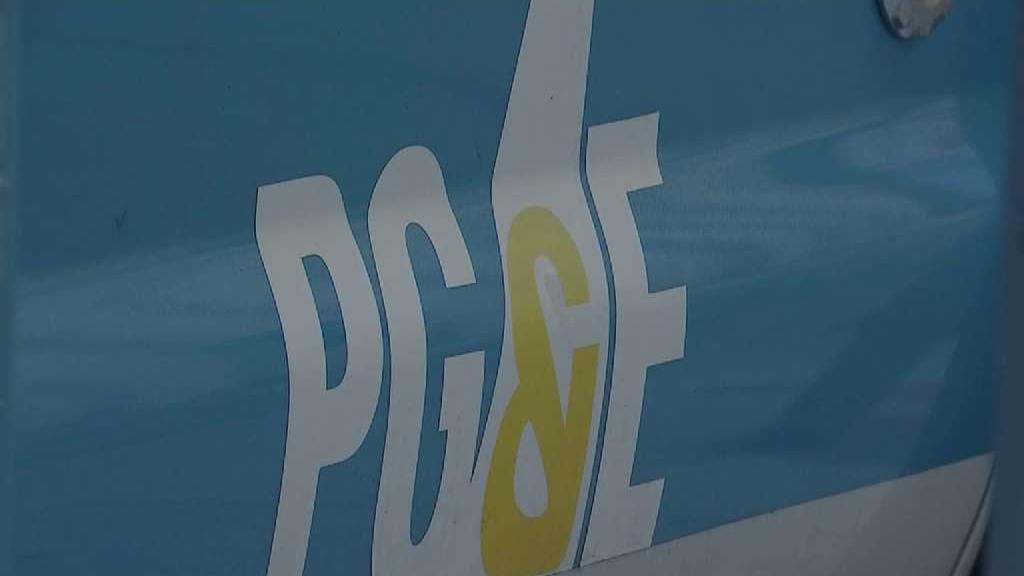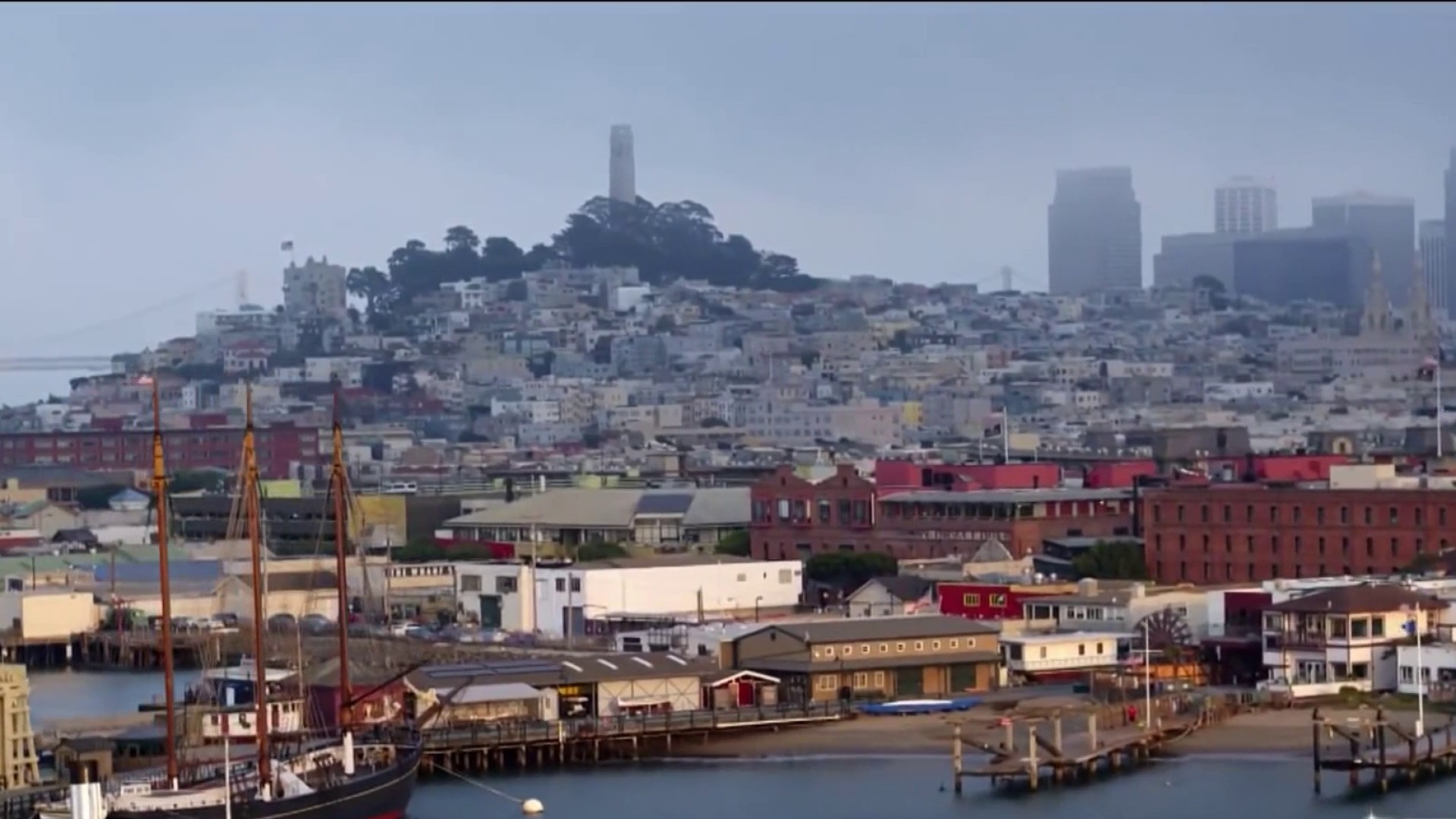A newly released independent analysis blamed the 2017 North Bay wildfires on PG&E’s emphasis on maintaining lines in densely populated areas instead of higher risk rural areas, a strategy that critics had warned was a recipe for disaster.
The nearly 500-page root cause analysis, performed by Envista Forensics on behalf of state utility regulators, concluded PG&E had not identified any of the power lines that sparked 16 of the October 2017 North Bay fires as “problematic or high risk” beforehand.
The firestorm, fueled by high winds, destroyed a quarter million acres, destroyed hundreds of homes and left 44 people dead. The report did not consider the Tubbs fire, which accounted for half the death toll, as Cal Fire did not blame PG&E for starting that fire. But in the 16 fires tied to the utility, the report concluded, many sparked when high winds caused tree limbs growing too close to knock down power lines. Making matters worse, however, is that in some cases live electrical lines continued sparking after falling onto dry brush for critical minutes afterward, the analysis concluded.
The authors found that the utility “failed to recognize and escalate the increasing risk profile” posed by downed but live lines in high fire danger areas despite growing evidence leading up to the fire. In fact, the company had a pilot project to automatically shut off power to downed lines, but essentially gave up after too many outages, the analysis found.
Overall, the analysis concluded that PG&E concentrated maintenance efforts “on circuits with larger numbers of customers” areas with what Envista Forensics auditors called “densely loaded circuits.”
The auditors noted PG&E’s focus on maintaining more heavily used urban circuits came at a time it failed to perform root-cause reviews or track failures occurring in high-risk rural parts of its system.
While it did not comment on specific findings, PG&E said in a statement that it has since adopted “prudent responses” in the years since the 2017 wildfires, including public safety power shutoffs and settings that shut off lines at the first sign of trouble during peak fire risk periods. The company has also bolstered weather monitoring, tree-cutting efforts and is adopting plans to harden and underground vulnerable parts of its system.
“PG&E is committed to keeping our customers and our hometowns safe from catastrophic wildfires and we appreciate Envista’s thorough review,” the company’s risk officer Sumeet Singh said in a statement.
Singh touted the “significant progress” the company has made, but added: “We always look forward to implementing recommendations that will further bolster safety for our customers.”
Get a weekly recap of the latest San Francisco Bay Area housing news. Sign up for NBC Bay Area’s Housing Deconstructed newsletter.
But even before the North Bay fires, critics questioned PG&E devoting resources to low-risk urban areas in lieu of high-risk rural areas. They noted the shift was rewarded with bonuses to management when its overall outage record improved because of the shifting resources. In an NBC Bay Area report one month before the North Bay firestorm, critics slammed what they called PG&E’s “robbing Peter to pay Paul” strategy that they said jeopardized safety.
They noted that after the 2010 San Bruno gas explosion, regulators revamped the management pay bonus formula to reward improvements in overall system reliability -- as measured by a utility’s systemwide outage track record – as a ten-percent component in the bonus formula.
An NBC Bay Area investigation uncovered a March 2011 memo that outlines what PG&E dubbed its “March to a Million” program – an effort critics say showed how the emphasis on reliability could backfire in practice. The stated goal was that crews would “march” toward cutting just 1 million trees a year, instead of cutting as many as 1.7 million trees annually.
The focus, the memo said, would be on cutting the “right trees” – and avoid maintaining what it called “unnecessary safety margins.” The goal was “not about cost-cutting,” the memo assured, money saved would be “re-invested” into improving overall reliability.
“They chose reliability for some at the expense of safety for others. That's the bottom line for me,” said Dario de Ghetaldi, an attorney who represented 6,000 wildfire victims in suits against the utility.
“They knew that wildfires killed people,” de Ghetaldi said, “yet they chose not to protect those people, but instead to keep the power on for customers in urban and suburban counties areas. So that those people wouldn't complain that their power was shut off and the popsicles in their freezers were melting.” While it did not provide a response to critics’ allegations, PG&E said in its statement that it is working on a full reply to the findings of the report.



